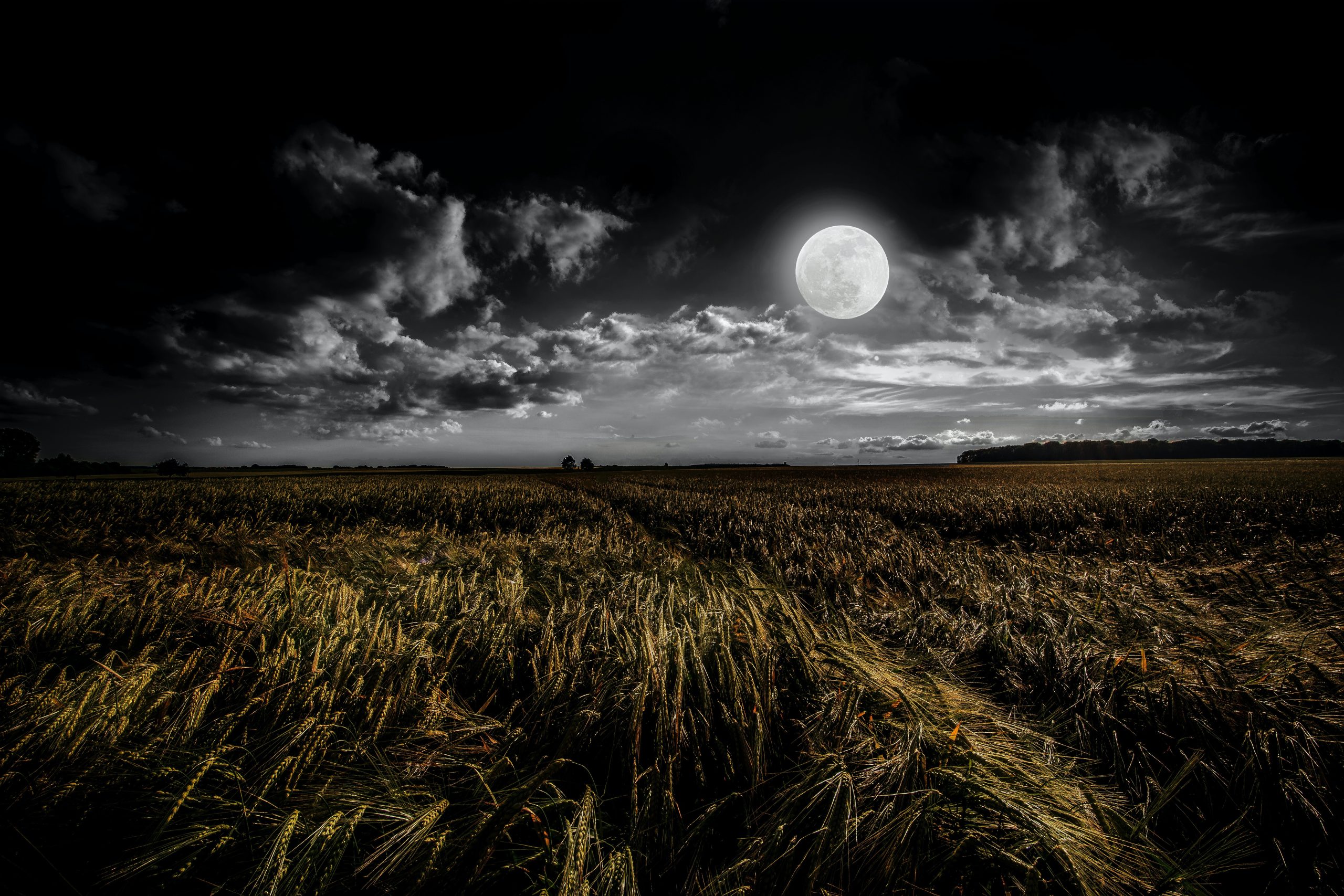Myths and Facts About the Moon
The moon has long captured our imagination and curiosity. It has been a source of fascination for centuries, inspiring legends, myths, and even impacting our culture and rituals. But amidst all the stories and beliefs surrounding the moon, what is true and what is purely myth? In this blog post, we will explore some common myths and separate fact from fiction when it comes to our celestial neighbor.
Myth #1: The Moon is Made of Cheese
Let’s start with one of the most famous moon myths. No, the moon is not made of cheese. Although this idea is entertaining and has been perpetuated by folklore and children’s stories, it is purely fictional. The moon is actually made up of rock and dust. Scientists believe that the moon was formed when a large object crashed into Earth, ejecting debris that eventually coalesced to form our lunar companion.
Myth #2: The Dark Side of the Moon Never Sees the Sun
Contrary to popular belief, there is no permanently dark side of the moon. The moon rotates on its axis in sync with its orbit around Earth, a phenomenon known as tidal locking. This means that we always see the same face of the moon from Earth, but over time, every area of the moon experiences daylight. The misnomer likely originated from the fact that we cannot observe the far side of the moon from Earth due to this tidal locking.
Myth #3: The Moon’s Gravity is the Same Everywhere
While the moon exerts a gravitational force on Earth that affects our tides, the strength of the moon’s gravity is not uniform across its surface. The moon’s surface is marked by variations in gravitational pull caused by differences in topography and the density of underlying rock structures. For example, the gravity is slightly stronger on the side facing Earth due to the gravitational interaction between the two bodies.
Myth #4: Moon Phases Influence Human Behavior
Many people believe that the phases of the moon can affect human behavior and moods, leading to an increase in accidents, crimes, or even an impact on sleep patterns. However, scientific studies have failed to establish any consistent correlation between lunar phases and human behavior. The idea of the “lunar effect” is likely attributed to confirmation bias and the power of suggestion rather than any actual scientific evidence.
Myth #5: The Moon is the Same Size as the Sun
During a solar eclipse, the moon aligns perfectly between the Earth and the Sun, temporarily obscuring the Sun from our view. However, the moon is much smaller than the Sun, both in terms of size and mass. To our eyes, both objects appear to be similar in size due to an incredible coincidence: the Sun’s diameter is about 400 times larger than the moon’s, but it is also about 400 times farther away. This alignment creates an awe-inspiring total solar eclipse, where the moon perfectly covers the Sun.
Fact #1: The Moon Has No Atmosphere
The moon’s lack of atmosphere is a significant difference between it and Earth. While our planet enjoys a protective atmosphere that helps regulate temperature, filters harmful radiation, and allows for weather patterns, the moon has no such luxuries. The absence of an atmosphere means that the moon experiences extreme temperature variations, from boiling hot to freezing cold during day and night cycles.
Fact #2: The Moon Has Impact Craters
One of the most prominent features on the moon’s surface is its impact craters, which are the result of collisions with asteroids and other space debris. Due to the moon’s lack of erosion and tectonic activity, these craters remain relatively unchanged over time. Some of the most well-known craters include Tycho and Copernicus, named after famous astronomers.
Fact #3: The Moon is Earth’s Closest Celestial Neighbor
The moon is Earth’s closest natural satellite, located at an average distance of about 238,855 miles (384,400 kilometers) away. Compared to the other celestial bodies in our solar system, the moon is a mere stone’s throw away. Its proximity has made it not only an object of scientific study but has also enabled manned missions to explore its surface, with NASA’s Apollo program being one of the most notable examples.
Fact #4: The Moon’s Influence on Earth
Although the moon’s gravitational pull primarily affects our tides, it also has a subtle effect on our planet’s rotation. The gravitational interaction between Earth and the moon causes a phenomenon known as tidal locking, resulting in a gradual slowing down of Earth’s rotation. As a result, the length of a day on Earth is slowly increasing. However, this change is so minuscule that it would take millions of years to significantly impact our daily lives.
Fact #5: The Moon Has Been Explored by Humans
While the moon has fascinated humanity for millennia, it was only recently that we managed to reach its surface. The Apollo program, operated by NASA, successfully landed astronauts on the moon between 1969 and 1972. Twelve astronauts in total, all from the United States, walked on the moon’s surface and brought back valuable samples and scientific data. These missions provided us with unprecedented knowledge about the moon’s geology and history.
In Conclusion
The moon is a captivating celestial body that has stirred our imagination for centuries. While myths and legends have added to its mystique, it is essential to separate fact from fiction. From its composition and size to its influence on Earth, the moon continues to provide scientists with valuable insights into the workings of our solar system. By understanding the true nature of the moon, we can better appreciate its role in our lives and continue to explore its mysteries.
Table of Contents
